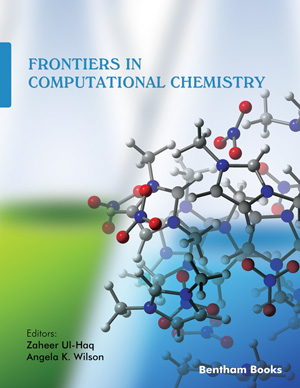Abstract
In molecular design techniques, thermodynamic properties are predicted through computational tools. Besides, the simple prediction methods explain the space of molecular design while quantum mechanics can accurately predict the properties without any kind of experimental data; however, it is a bit challenging. Therefore, in this chapter, the significant advancement, demurrers in progression, and the future perspective in designing the chemical compounds via using “computer-aided molecular design” (CAMD) tools will be elucidated. Since the interest in designing novel and advanced compounds is increasing with time, traditional methods are not efficient now. This is the key factor in the advancement of CAMD tools. The work advancement different classes of methods that predict the properties will be explained in the chapter. Applications of CAMD in the single component product designs, mixture designs, and also in integrated product designs will be evaluated. All the difficulties while operating the designs and also in obtaining the results and future perspectives will be reviewed. COSMO-CAMD successfully designs novel promising solvents in the liquid-liquid extraction of phenol from water; therefore, it will be explained thoroughly. Some would debate that theoretical tools in computational chemistry can now come up with eager understandings of any chemical process. Yet, the goblet of effective and reliable prediction of compound reactivity has remained fugitive. Favorably, recent developments in the electronic structure theory, which is based on both concepts, element, and rank-scanty, along with the appearance of the highly sophisticated computer architecture, prominently increased the time and length scales that can be simulated using molecular dynamics. This opens the door for the newly proposed ab initio nanoreactor method. Therefore, ab initio methods will be studied completely because we argue that due to this development in molecular designs, the holy grail of computational discovery for complex chemical reactivity is entirely within our reach.
Keywords: CAMD, COSMO, DFT, Geometry Optimization, in silico, IZA.






















